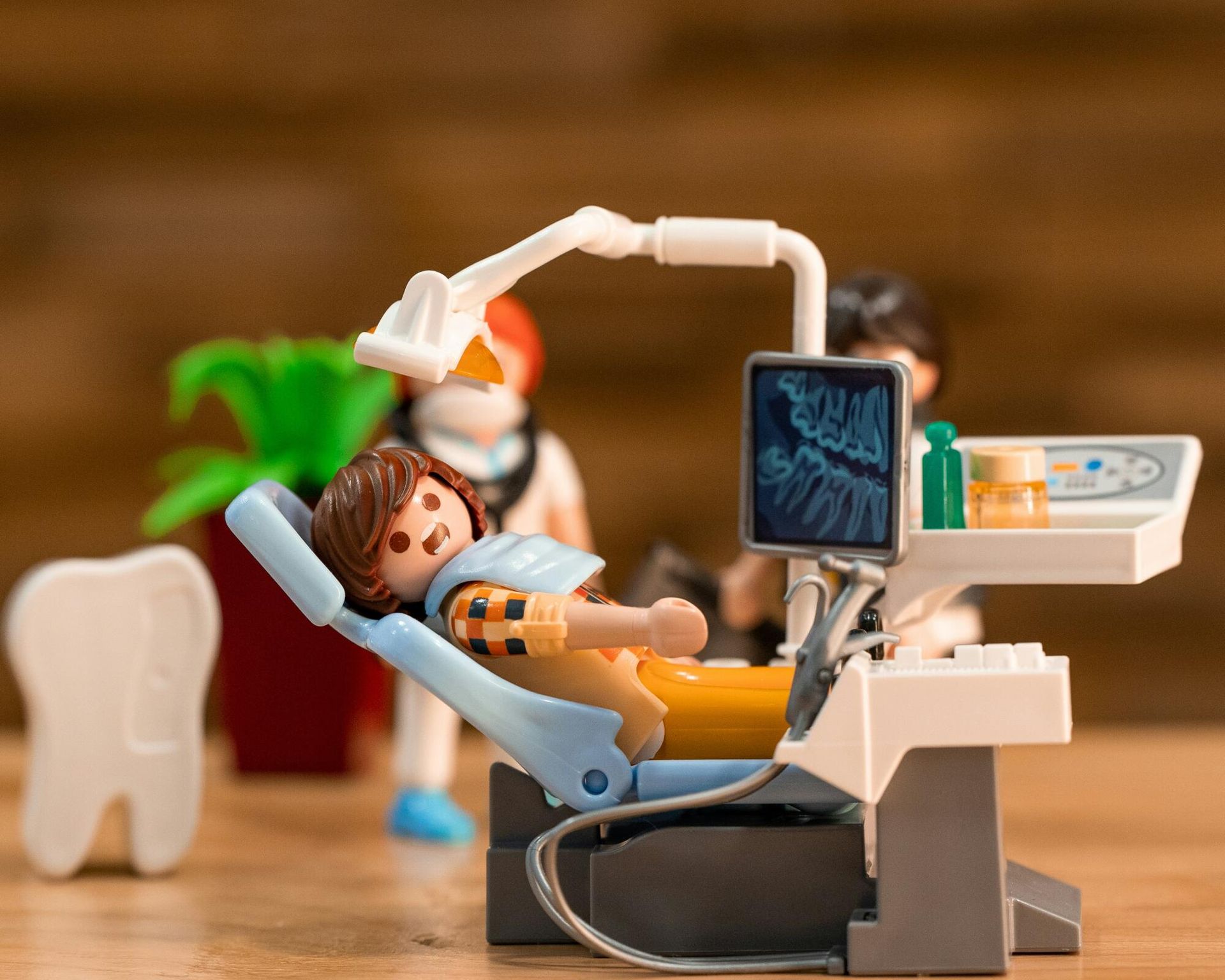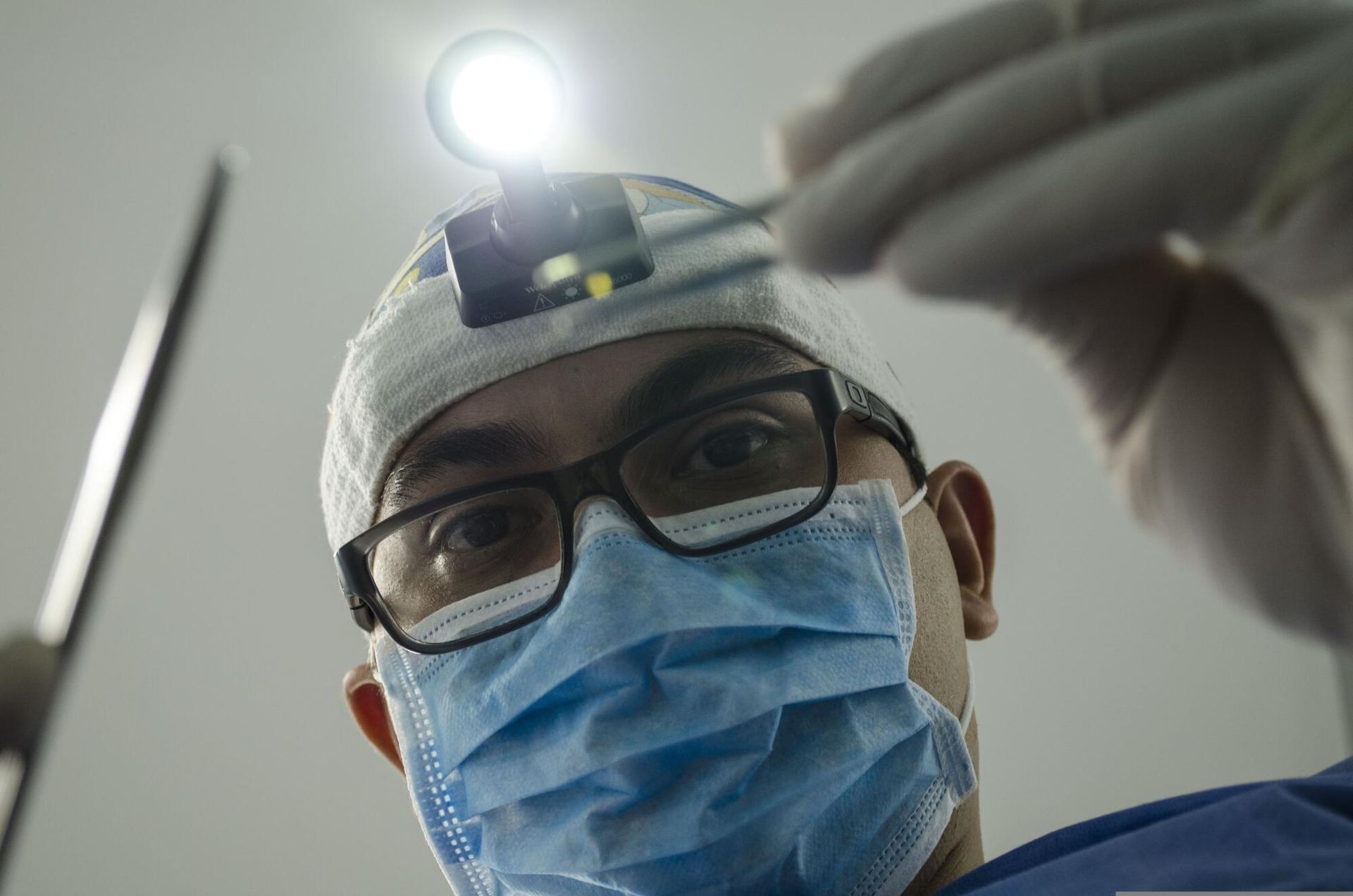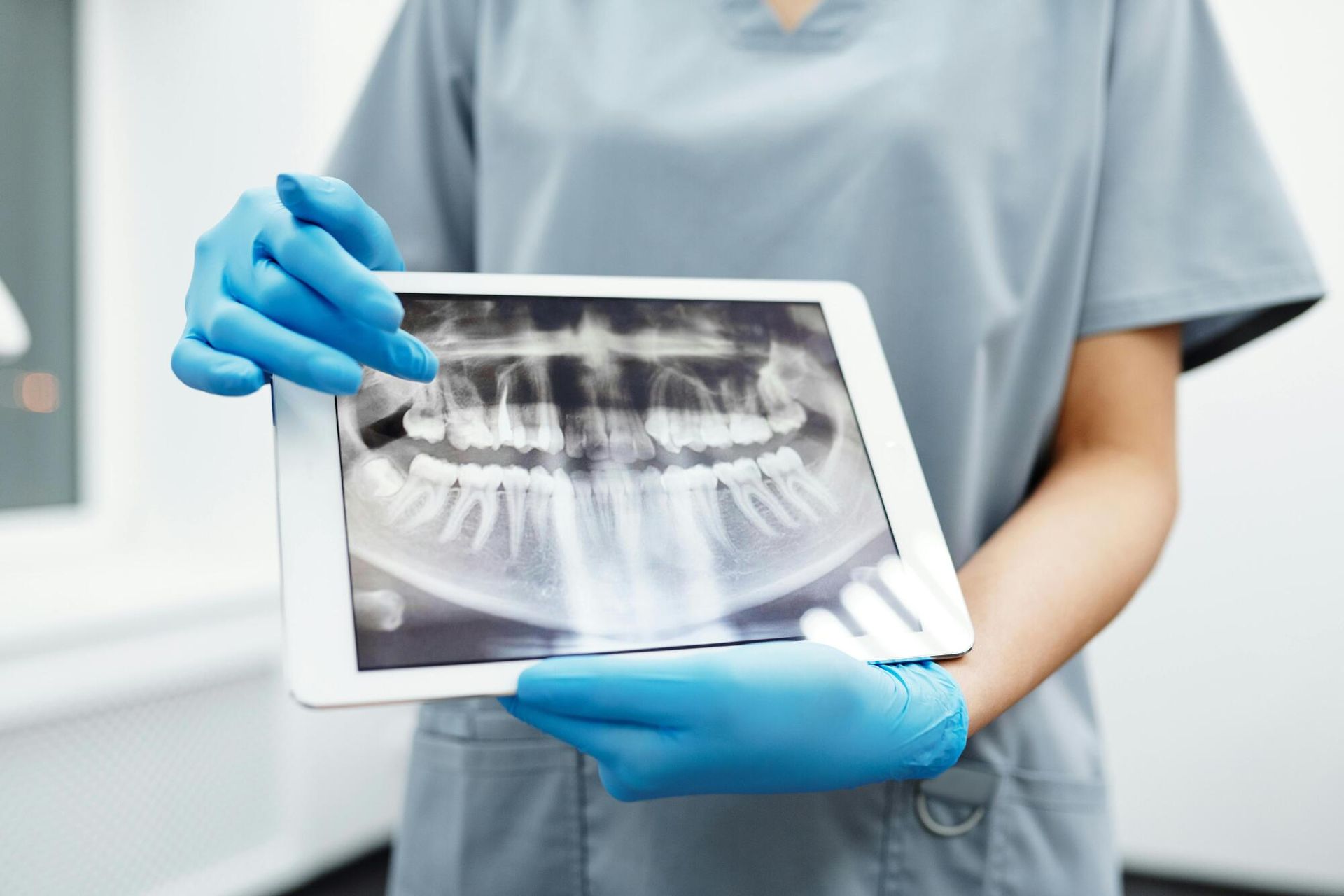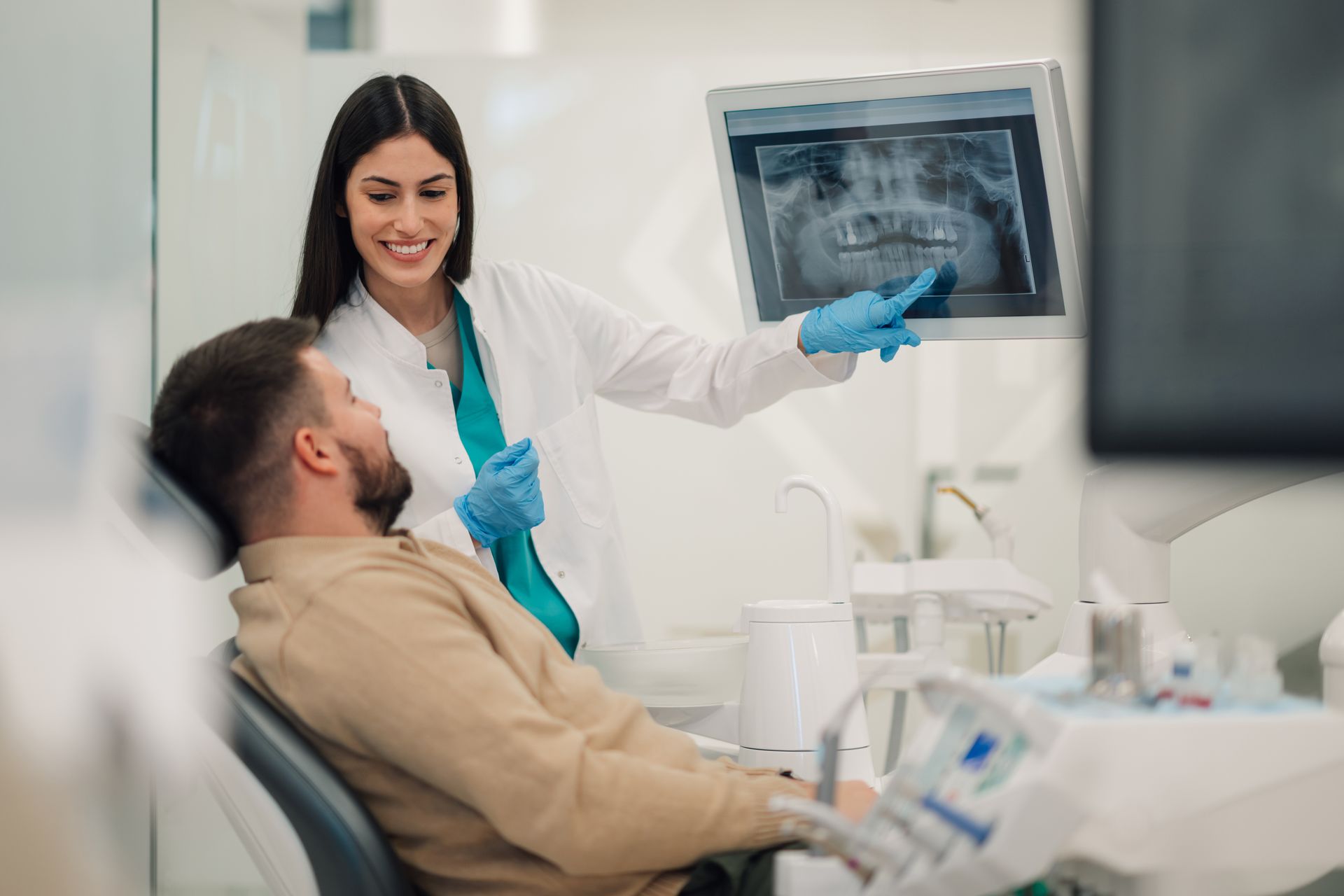Get Ahead of Gum Disease Stages: How to Prevent Progression
The World Health Organization reports that billions of people worldwide suffer from oral health diseases. Most people do not think twice about a bit of blood after brushing. It is easy to overlook early symptoms until things get worse.
However, understanding the stages of gum disease can help you catch problems early and avoid long-term damage. Proper habits and regular care can stop the cycle before it starts. Let us take a closer look at how this oral health problem progresses.
Recognizing Early Warning Signs
Bleeding after brushing might not seem serious, but it often signals the start of gum trouble. Swollen gums or soreness near the gumline are common early signs.
Please pay close attention to these symptoms before they grow worse. Here are a few to watch for:
- Bleeding during brushing or flossing
- Red, swollen, or tender gums
- Ongoing bad breath
These symptoms are often the first sign that something is off and should not be ignored.
Why Timing Matters More Than You Think
Acting early can stop mild gum issues from becoming permanent damage. Delaying treatment often means:
- More pain
- More cost
- More risk
Gum health can change quickly without warning. These signs suggest that periodontal disease progression may already be underway:
- Receding gum line
- Loose or shifting teeth
- Sensitivity when eating or drinking
Recognizing these shifts early gives you the best chance to slow or reverse the damage.
The Silent Shift From Mild to Severe
Gingivitis and periodontitis may sound similar, but they are very different in how they affect your mouth. One has simple gum disease treatments, while the other causes permanent harm.
Spotting the difference is key to stopping further decline. Some key distinctions between the two include:
- Gingivitis affects only the gums
- Periodontitis reaches the bone and connective tissue
- Gingivitis is reversible; periodontitis is not
Knowing where you stand helps guide your next steps toward better gum health.
What Your Dentist Looks for During Checkups
Dentists catch signs of trouble long before you feel pain. They check for early warning signs beyond what you see in the mirror. A few things they look for during routine visits are:
- Deep gum pockets
- Gum recession or exposed roots
- Tartar buildup below the gum line
These checks help form a plan before your gum disease symptoms get worse.
Simple Changes That Make a Substantial Difference
You do not need a complete overhaul to protect your gums. A few daily habits can slow or stop gum disease altogether. These simple actions make a lasting impact:
- Brush and floss daily with care
- Use an antimicrobial mouthwash
- Avoid tobacco and choose healthier snacks
Taking these steps each day can help prevent gum disease from progressing.
Do Not Neglect the Gum Disease Stages
Whether improving your hygiene or scheduling a dental visit, small steps can slow or even stop gum disease stages from progressing. Preventing the next phase starts with action today.
Lake Arbor Dental Associates of Maryland provides expert general, cosmetic, and emergency dentistry with a caring, professional touch. With same-day treatments, a comprehensive new patient special, and a trusted team led by Dr. McRae and Dr. Terrell, we help patients smile confidently in Mitchellville and beyond. Contact us to book your visit.



Dexter McRae, DDS
D.D.S
"You don't have to brush your teeth....just the ones you want to keep!"
Dr. Dexter D. McRae was born in Fayetteville, NC. Following his graduation, he worked for the U.S. Army in the military intelligence field as an electronic warfare Morse code decoder. Thereafter, he completed his B.S. in Biology from Fayetteville State University after a six-year enlistment. He got selected for the Human Genome Project at Los Alamos National Laboratory out of thousands of students during his undergraduate studies.
Cheryl R. Terrell, DDS
D.D.S
"Our goal is to exceed all of your expectations... with a smile."
Dr. Cheryl Terell was born in Nassau, Bahamas. She completed her DDS degree from the Howard University in 1996 after graduating from dental school. She attended surgical residency at the Princess Margaret Hospital in Nassau, Bahamas for a year.










